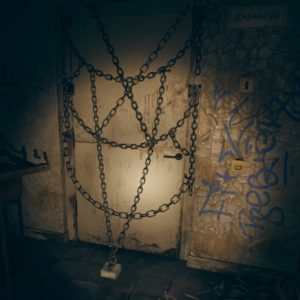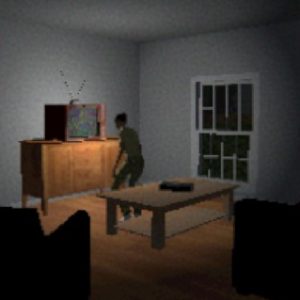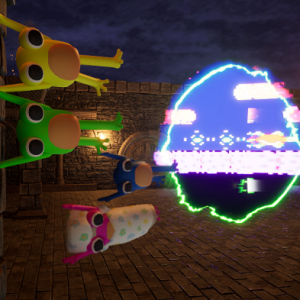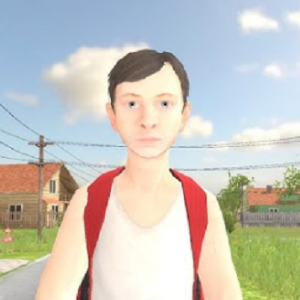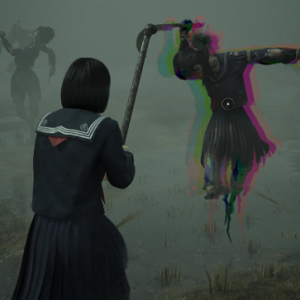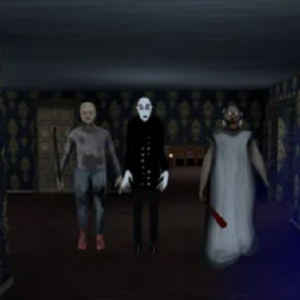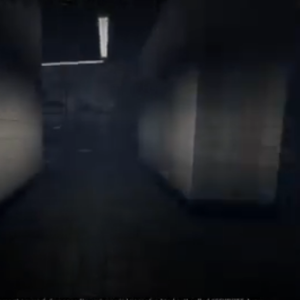Similiar games
Pieces Of Me opens with Grisha arriving in his childhood town. What should have been a short trip to see his younger sister quickly turns into something else. The buildings are intact, but the streets are empty. Familiar corners seem quieter than memory allows. The player steps into these spaces with no direction, only the task of moving forward. The sense of return is quickly replaced by disconnection — a visit that stops being a visit.
Walking Through Disappearance
The structure of the game relies on moving through environments shaped by memory. A school hallway leads to a classroom with scattered papers. A stairwell echoes longer than expected. There are no voices, only spaces. Exploration becomes the only tool available. What happened is never told outright. Instead, it exists in how light falls in certain rooms and how long it takes for silence to feel unfamiliar. This is not a puzzle to solve but a sequence to feel.
Gameplay Foundation in Pieces Of Me
- First-person exploration without combat or threats
- A short, single-session narrative experience (around 90 minutes)
- Built around the aesthetics of post-Soviet domestic and institutional space
- Thematic focus on loss, disconnection, and emotional memory
- No HUD, quests, or dialogue — interaction is physical and visual
- A standalone story connected to the world of September 7th
- Spaces shift subtly depending on player attention
- Environmental storytelling replaces exposition
- Designed to be experienced slowly, without pressure
- Absence is the core narrative element
The Building Knows the Route
Rooms in Pieces Of Me don’t just exist — they wait. Returning to a location often reveals something that wasn’t there before. A flicker in a light, a different sound, a slightly changed layout. Nothing jumps out, but the space behaves as if it notices the player. This attention is never explained. The more one explores, the more the world responds. It is not about scares or surprises, but about the weight of presence in places where no one else remains.
No Closure, Only Fragments
Pieces Of Me ends where it began — in silence. The story never announces itself. What the player gathers comes from movement and memory. Some rooms stay cold and undecoded. Others hold meaning tied to personal connections. The experience is not about resolution, but about recognizing that some stories are carried in how we remember places, not how we explain them. The game closes not with a message, but with the question of what was missed — and whether that matters.


